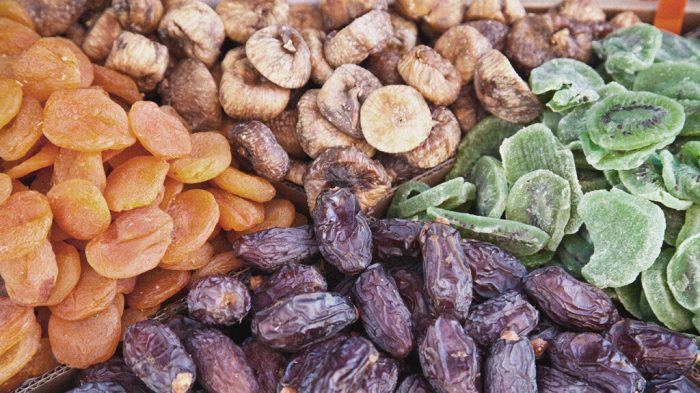Do you suffer from gas, bloating, or other digestive issues? You’re definitely not the only one out there – but it doesn’t have to be this way.
We all know the foods we like and dislike, and some of us are even in tune enough to know the foods that do and don’t sit well within our body – but how well do we really understand the process of our own digestion? Certain physical cues often indicate whether everything is running, ahem, smoothly, and others are often common signs that your digestive system isn’t working properly.
I’m hesitant to choose a favorite system of the human body, but the intricacies and needs of our digestive system are fascinating. The very process of digestion itself involves taking all our wonderful, nutritious foods (or those less so), and breaking them down into the minuscule monomers needed for our body’s day-to-day functioning. When you consider every reaction in the human body, right down to a cellular level, that has to go right for this process to work, it can be very humbling.
Digestion is arguably one of the most important functions of the human body. But when something’s not going right with the system, such as an underlying issue or illness, all the wonderful foods won’t be absorbed in the way they should. Luckily, there are a number of signs and indicators that you’ll likely recognize in your own body to suggest your digestive system might not be flourishing.
1. Changes To Bowel Movements
While we all have different experiences of what it means to be ‘regular’, we do have our own natural digestive rhythm. Your bowel movements are one of the best indicators of what’s going on inside your body, and while changes to your usual schedule will come and go – anything significant is usually a symptom of a malfunctioning digestive system. Laurentine has written this amazing article that goes into the details of how to understand what it all means for your health, and how to navigate the Bristol Stool Scale, to shed some more insight on what your movements actually mean.
2. Reflux & Heartburn
Resting at the other end of the gastrointestinal tract (GIT) is our esophagus, and there are a few issues that can be another indication that something isn’t sitting right with our digestive system. Primarily, these are often reflux or heartburn, coupled with excessive burping in some instances. These symptoms can be caused by a number of digestive issues, ranging from simple food intolerances to bacteria overgrowths or stomach ulcers. If you’re experiencing persistent reflux or heartburn, start by first noticing any patterns with your triggers, and if removing these triggers is unsuccessful, like always, I recommend consulting with a qualified practitioner.
3. Bloating, Cramping & Uncomfortable Gases
Bloating happens when your GIT fills with gases, oftentimes caused by something as simple as a chemical reaction to the food you eat. Common occurrences include both lactose and gluten intolerances, as the digestive system lacks all the tools it needs to break down these foods efficiently. Many allergies and intolerances will also lead to cramping as the tissues in your abdomen struggle to deal with the food that has been put into it, however cramping may also be indicative of conditions such as IBS or gastritis.
4. Changes In Appetite
Much like other aspects of our digestive system, our body will often come to understand what normal looks like. You are the most qualified person to talk about your normal eating habits and patterns, the foods that make you feel good, and those that bring you down. And just as you know what’s normal, it’s good to check-in and ask yourself if there have been any changes of late? This might mean the size and frequency of meals, changes in how your body responds to a certain food, or even skipping meals altogether. These changes could be for any number of reasons, ranging from a shift in our energy expenditure levels to binge eating disorder, or perhaps an underlying chronic illness. So once you begin to identify these changes, whether they’re long-term or just temporary, seek out the protocol best suited to helping you figure out why these are occurring – just to be on the safe side.
5. Malabsorption Of Nutrients
Unless you’ve got a pathology lab in your attic, this can be a little more difficult to diagnose. And as a full disclaimer, Food Matters always recommends you do diagnose and begin treatment plans with a licensed practitioner that works for you. However, some examples of instances include difficulty absorbing iron due to a multitude of underlying causes, or damage caused to the intestines by an autoimmune condition like celiac disease. But the main takeaway is any ongoing malabsorption issues indicate your body may need a deep reset before rebuilding your digestion.
While the causes for your digestive concerns will vary from person to person, there’s one protocol we always suggest for a total reset before taking more extreme measures. A gentle detox is one way to give the digestive system a much-needed rest and reset from life’s daily stressors – including any aggravating foods.










